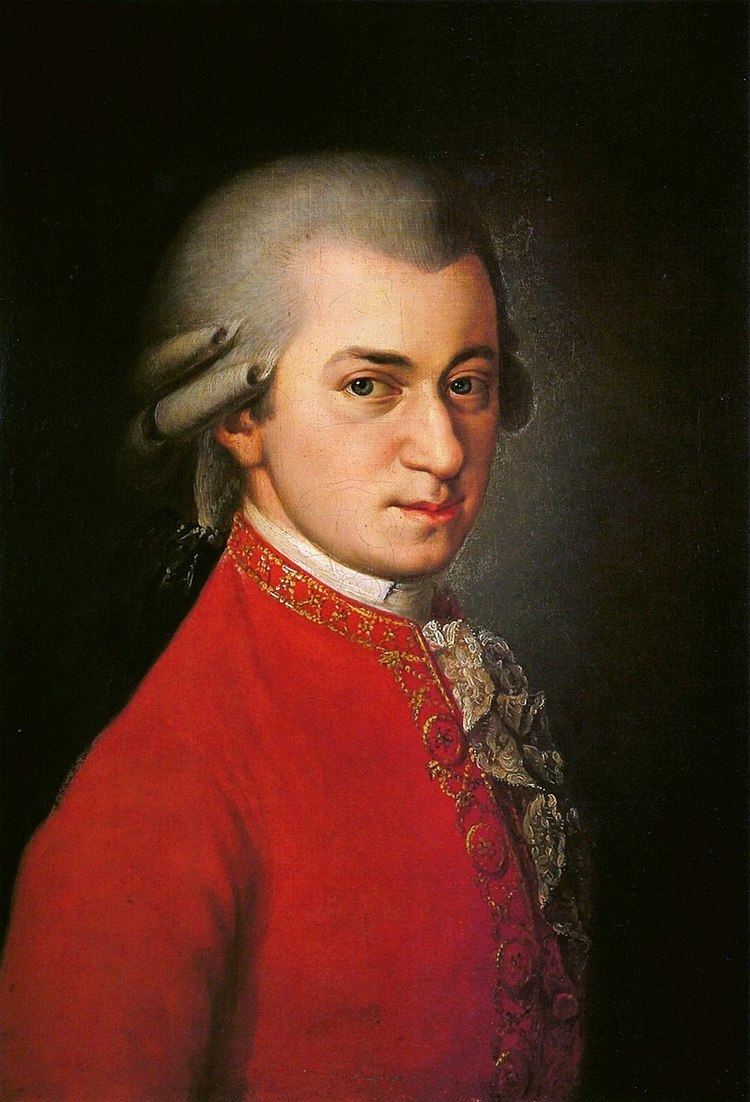A pop icon is a celebrity, character, or object whose exposure in popular culture constitutes a defining characteristic of a given society or era. The categorization is usually associated with elements such as longevity, ubiquity, and distinction. Moreover, "pop icon" status is distinguishable from other kinds of notoriety outside of pop culture, such as with historic figures. Some historic figures are recognized as having reached "pop icon" status during their era, and such status may continue into the present. Pop icons of previous eras include Benjamin Franklin and Mozart.
Contents
Longevity
Usually, the pop icon status of a celebrity is contingent upon longevity of notoriety. This is in contrast to cult icons, whose notoriety or recognition may be limited to a specific subculture. Some pop icons have left a lasting and indelible mark in the area of their career, and then gone on to attain a lasting place of recognition in society at large.
Ubiquity
A common element of pop icon status is the ubiquity of imagery and allusions to the iconic figure. It is common for the figure to be recognized and even celebrated in areas outside the original source of celebrity status. An example of this is Albert Einstein, a physicist whose image and legacy have been represented in comic strips, T-shirts, greeting cards and many other contexts.
Distinction
Often pop icon status implies distinguished association with a societal ideal or archetype. It is not uncommon for iconic figures to have a nickname or sobriquet that is used to emphasize this association. Sometimes the very name of such individuals is even used as a synonym for common words or ideas.
Some pop icons, such as Mickey Mouse, Winnie the Pooh, Bugs Bunny, Superman, Spider-Man, Batman, Darth Vader, The X-Men, Harry Potter, the Simpsons, and even Sherlock Holmes are fictional characters. Even inanimate objects have been recognized as pop icons.
Some figures attain transitory or context-specific "pop icon" status for particular events that captivate public attention, such as in the case of the O.J. Simpson trial.

